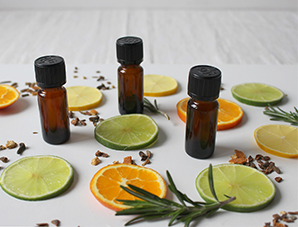
WHAT IS THE REAL CONTRIBUTION OF AROMAS TO FLAVOR PERCEPTION?
Both olfactory and taste senses play a key role in flavor perception. To be able to smell and taste, animals have receptors that will convert external stimulus (like nutrients or volatile compounds) to internal stimulus (nervous or hormonal) to generate a response from the body (for example rejection if it is perceived as toxic). There are different families of these receptors and are located in many parts of the body, like the gastrointestinal tract. However, only the oronasal olfactory and taste receptors will be referred to in this text.
The olfactory and the taste senses use different receptors and different pathways, however, flavors are sensed by animals as a unified perception. It was believed that this encounter between the two stimuli took place in the insular cortex… until now. A very interesting article was published in April 2019 by Malik et al. where they exposed cultured human papillae cells to different volatile compounds while measuring the intracellular calcium concentration. The latter rises when these receptors bind to external stimuli so this way it can be determined whether these receptors are functional or not. It was established that there were olfactory receptors in papillae cells and indeed, they were functional. These findings shed a new light on this subject because this is a firm evidence that the first connection between olfactory and taste senses might happen as early as the taste receptors. Does it mean that volatile compounds have a greater impact in flavor perception, and if so, can this be used to improve the intake?
This line of work needs to be further investigated to try to answer these questions but, in any case, this is a step forward to better understand the scientific base of the flavor perception.

